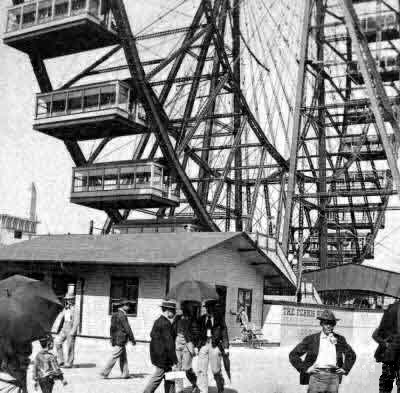APRIL 5, 2024 – One thing that happens as you approach an age involving a zero and the first whole number following six is that you turn reflexively 180 degrees to feast on memories. This is understandable, since what await in the opposite direction are far fewer years and much lower prospects than what filled your past. Good or bad by any objective measure, the older the times of your musings, it seems, the better. Having to walk five miles to school in sub-zero (F) temps so you could recite the Pledge of Allegiance first thing will always “better” your grandkids being bused across the street to a school where indoctrination of some other sort is the order of the day. So it has been for every generation, I suspect, since Adam and Eve.
Except . . . “back in the day,” how many people perished because no one wore a seatbelt? Strike that in favor of, “because there weren’t any seatbelts.” How many young brains didn’t develop because of lead in paint and pipes? How many people got irretrievably lost because they didn’t own a smart phone with GPS? And how many of us geezers—leftie, rightie or centrist—learned any of our history that wasn’t idealized, mythologized, or conveniently dismissive of inconvenient truths?
Unnerved by the increasing prospect of mortality, we seek solace in our past, crude and deficient though it was, and the greater the ratio of one’s past to one’s likely future, the greater the comfort in one’s reminiscences.
Now that I’m anticipating an age that used to happen only to people older than me, I too find myself seeking consolation in the miasma of distant memories. (Read, for example, my self-indulgent Inheritance, the Story that Made them Cry, the account of my Grand Odyssey, or most recently, The Tree Farm and the Doomsday Letter posts.)
Where am I leading with this ramble? To The Neighbors in my childhood neighborhood. With their own peculiarities they were a colorful and eclectic bunch. Given my limited childhood frame of reference, my perceptions of the neighbors rendered them more memorable than they probably merited, but their quirkiness, deeply embedded in my long-term memory, is like a bed of clover on which I can rest with soothing amusement.
Perhaps it’s more accurate to report that the neighbors weren’t half as odd as my observations about them. Yet, distortions and disproportions are natural in a child’s view of the world. Short on experience a young kid compensates by applying imagination to appearances. Old Mrs. Rathbun’s cats, for example, were a sure sign that she was a witch—especially considering that she always wore a tattered black dress and had ancient skin more wrinkled than the hide of the elephant in the traveling carnival that came to town every June. My parents didn’t see our next-door neighbor as a mystical Halloween character from a children’s book. In their eyes she was simply a very old woman still living in her long-over past.
Of further influence on a child’s perceptions of people is contrast. If all our neighbors had been shaped from the same mold, none would’ve made such a deep imprint on my impressionable view of things. As any wide-awake kid would do, I noticed the non-conformity from one household to another. To me, the neighbors were as varied as highlights of the carnival—from that elephant with wrinkled skin to the little Ferris wheel that gave me a view of men’s bald spots to the cotton candy that melted in my mouth to the carnies that resembled no one who lived in our small town.
Who were The Neighbors? You’ll meet them in posts that follow. I have no photos, just images and impressions stored in my cranial recesses. Over the next few days, I’ll bring them back to life—for your amusement and mine. (Cont.)
Subscribe to this blog and receive notifications of new posts by email.
© 2024 by Eric Nilsson
